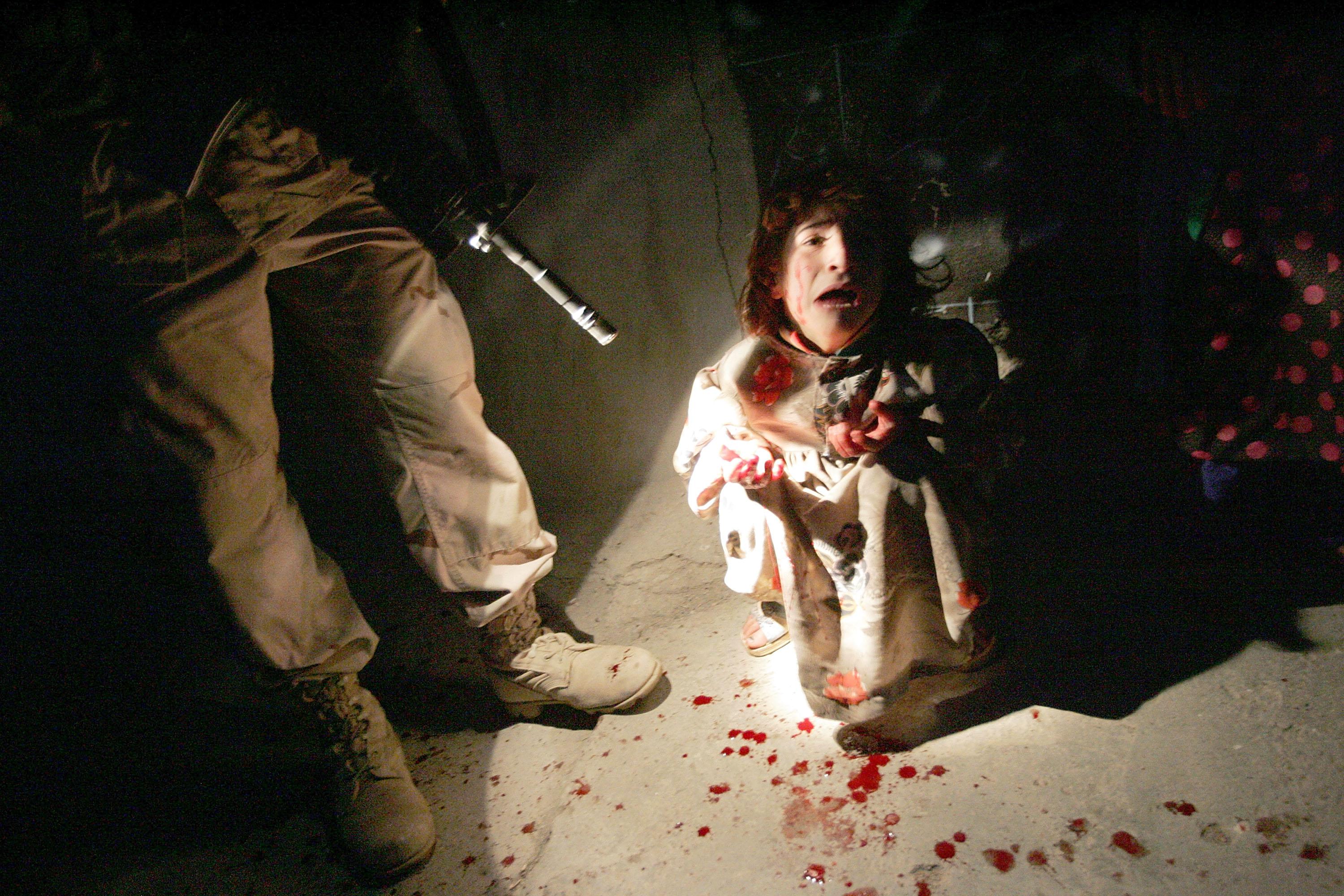Slate has partnered with Brooklyn Brewery and RISC to bring its hit war correspondent interview series to our readers. In this third installment, Steve Hindy, founder of Brooklyn Brewery and a former Associated Press foreign correspondent, sits down with three of the people closest to Chris Hondros, the Pulitzer Prize-nominated photojournalist who was killed in Misrata, Libya in 2011. Testament, a collection of Hondros’ photography and writing, was released posthumously this year.
On Jan. 18, 2005 in Tal Afar, Iraq, a car approached an American patrol on a dark street after curfew, spooking a unit already on high alert. Warning shots were fired to no avail, and, when the driver failed to slow down, the unit opened fire. The two passengers in the front of the car—a civilian mother and father—were killed instantly. In the back were six children, one of whom was badly wounded. It was a family, not insurgents, in the vehicle. Hondros—who had been embedded with the unit and was out on the patrol—captured the complete events on camera, providing heartbreaking images of the tragedy for the world to see. In the clip above, Sandy Ciric and Todd Heisler relay the events of that night, and discuss the tremendous impact that those now-famous pictures had on the lives of those involved, and on military policy in Iraq in general.
